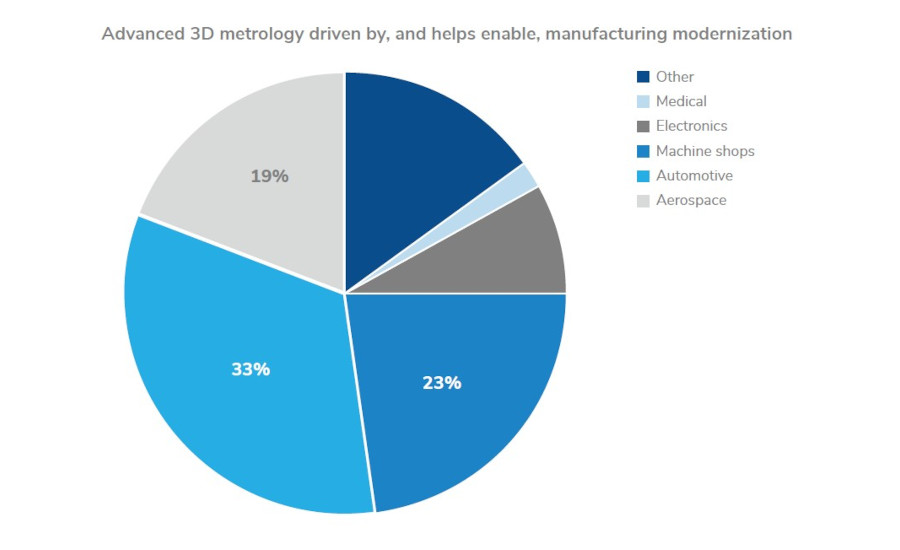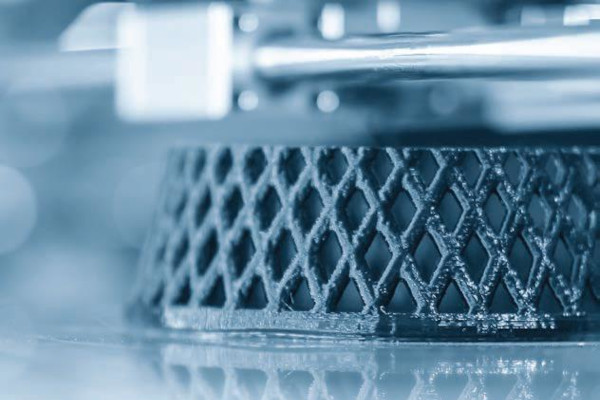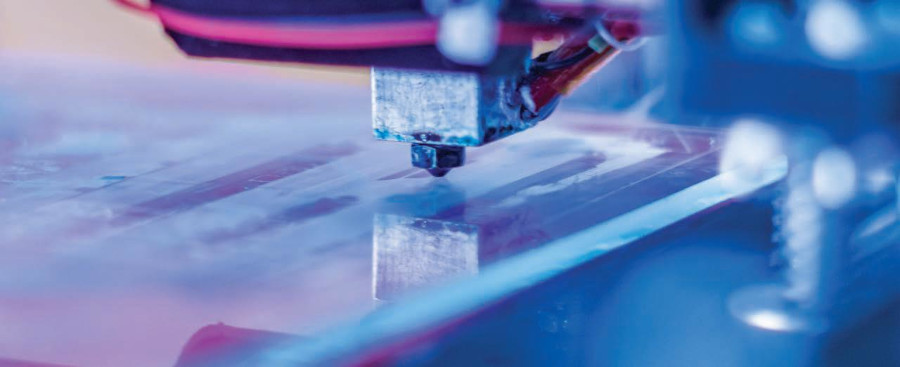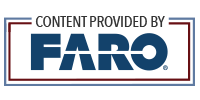Manufacturing is ambitiously pursuing digital transformation by adopting Industry 4.0. New and emerging technologies are used to address numerous goals that are often at odds: increasing customization without losing efficiency or reducing time to market while also improving quality.
Manufacturing must advance at a rate equal or greater to the modernization of the products it builds. Hence, the market has embraced enhanced automation and a drive toward quality and precision to remain competitive. The criticality of quality for manufacturing has resulted in it being a separate, though increasingly integrated, function from build and design. Quality control (QC) and quality assurance (QA) departments today use technology to help manufacturing resolve disparate challenges, allowing the industry to drive optimization while pushing the envelope of both products and processes. Artificial intelligence and machine learning, leveraging the Internet of Things (IoT), and advanced solutions such as 3D laser-driven metrology help inform and optimize manufacturing across the build, design, and quality processes.
AUTOMOTIVE, AEROSPACE PAVE THE WAY FOR MODERN MANUFACTURING BY ADOPTING ADVANCED METROLOGY
Advanced metrology, historically used at the end of a process, is being integrated into upstream activities across major manufacturing verticals as they strive to improve precision and reduce costs. Frost & Sullivan research indicates that the automotive and aerospace industries are large, early adopters of advanced dimensional metrology.

These are highly competitive industries with technically sophisticated products that need extreme precision. They also have wide and varied value chains. Advanced and data-rich metrology solutions help meet the increasing demand for accuracy for both the original equipment manufacturers (OEMs) and their suppliers.
For example, the technical advances expected over the next few years in the automotive industry are astounding: human-to-machine interfaces will bring a new era of safety, infotainment, and value-added services. Gesture recognition, virtual assistance, gaze detection and attention monitoring will be added to current advances in hazard avoidance, driving and parking assistance, and enhanced information displays. Frost & Sullivan estimates over 10 million electric vehicles will be sold by 2022 globally, with an expanding selection of models available. Batteries and electric powertrains are expected to see triple-digit growth rates by 2025. Advanced metrology will be increasingly needed for components, assembly and the final inspection to ensure manufacturing is precise and efficient, faults are decreased, and the scrapping of expensive parts is reduced. OEMs and their tier-one suppliers recognize that implementing sophisticated metrology solutions earlier in the process is necessary to stay competitive in a rapidly modernizing industry.
Along with adding technical complexity, these advances mean an expanding number of value chain partners will need to collaborate with OEMs and tier ones. As vehicles evolve from mechanical commodities toward being mobile platforms for data and services, the number and complexity of parts will skyrocket, as will the cost of any component faults or failures. The need to share, analyze, and use data in real time with value chain partners helps drive this trend.

Image courtesy of FARO
An increasingly complex value chain requires progressively connected data systems. OEMs may focus on design, frame, engine, and other fundamental factors in a car, but as much as 80% may come from the partners. Because of this, data and information are permeating manufacturing at an astounding level. Assembly, logistics, distribution, and delivery are also reliant on vast amounts of data from the Internet of Things and other sources. Advanced metrology plays a substantial role in connecting collaborating parties across the supply chain. High-value parts increasingly require accurate, digitally traceable quality checks to be conducted at the originating plant before being received at the assembler. Leading suppliers have found it advantageous to employ the same advanced metrology solutions as their customers. Along with ensuring high accuracy, data transfer between parties is streamlined and on the same platform and system.
Competition is also pressuring OEMs to shorten the time needed to launch new designs and features. However, speed to market cannot come at the expense of quality and, more specifically, vehicle safety. Frost & Sullivan research also indicates that a shortage of trained QA/QC professionals can be an expensive conundrum for manufacturers looking to improve quality processes and technologies. However, some suppliers provide cutting-edge technologies such as the FARO® FaroArm® Portable Coordinate Measuring Machine (PCMM) and associated software that, perhaps counter-intuitively, are easier to use than many traditional, more rudimentary methods. Ease of use also translates into faster inspections: for example, FARO® CAM2 Software uses metrology software that creates guided inspection routines, which can be applied to, and hasten the inspection of, frequently inspected parts. These solutions save manufacturers the costs and hassle of finding and employing high-wage, rare metrology experts and can instead train their seasoned factory floor operators to conduct high-quality precision metrology.
OEM TREND OF USING ADVANCED METROLOGY SPREADING ACROSS VALUE CHAIN
Major automakers and aerospace and defense suppliers already use advanced metrology tools from FARO across their assembly processes. Stringent quality specifications often mean that OEMs increasingly require their tier ones and other suppliers to adopt similar methods. However, just seeing the advantages of advanced metrology is also a considerable driver for manufacturers to upgrade their metrology solutions.
For example, once a stamping and welding facility became a tier 1-supplier for undercarriage frames, it realized its traditional quality measurement tools were standing in the way of meeting OEM requirements rapidly and accurately. It recognized that a FARO ScanArm could replace several standard metrology tools at once while also providing accurate results. Measurement times decreased significantly as well: stamping inspection times were halved, for example. It was also able to leverage the advanced data generated by the ScanArm in quality reporting such as fault detection, resolution, root-cause analysis, improved reverse engineering, and accurate body fit analysis.

Image courtesy of FARO
MODERNIZING MANUFACTURING HINGES ON UPGRADING METROLOGY
While automotive and aerospace are examples of dynamic technological advancement, all manufacturing is on a clear digital transformation trajectory. This manifests itself through automated factories, additive manufacturing, and 3D laser scanning for design, assembly, and advanced metrology. Along with aerospace and automotive, Frost & Sullivan research shows that other highly technologically advanced manufacturers such as medical devices and electronics are expected to expand their use of advanced metrology in QA/QC and manufacturing. Power generation and construction industries are also anticipated to adopt advanced metrology at increasing rates due to stringent quality requirements.
Manufacturing will be increasingly data-driven and connected. When parts are in transit or process, data will be used across the ecosystem to inform the assembler, distributor, shipper, last-mile delivery service and end user. It will help avoid bottlenecks in production and shipping delays in logistics. Future end-to-end automation will incorporate in-line metrology, expanding QA’s activities across manufacturing while providing solutions that help democratize its benefits. Metrology’s move upstream has already become a key component of top automotive and aerospace OEMs and will continue to progress through additional industries as they strive to modernize and compete.
Along with aerospace and automotive, Frost & Sullivan research shows that other highly technologically advanced manufacturers such as medical devices and electronics are expected to expand their use of advanced metrology in QA/QC and manufacturing.
Get in touch with a FARO representative to learn more here: www.faro.com

